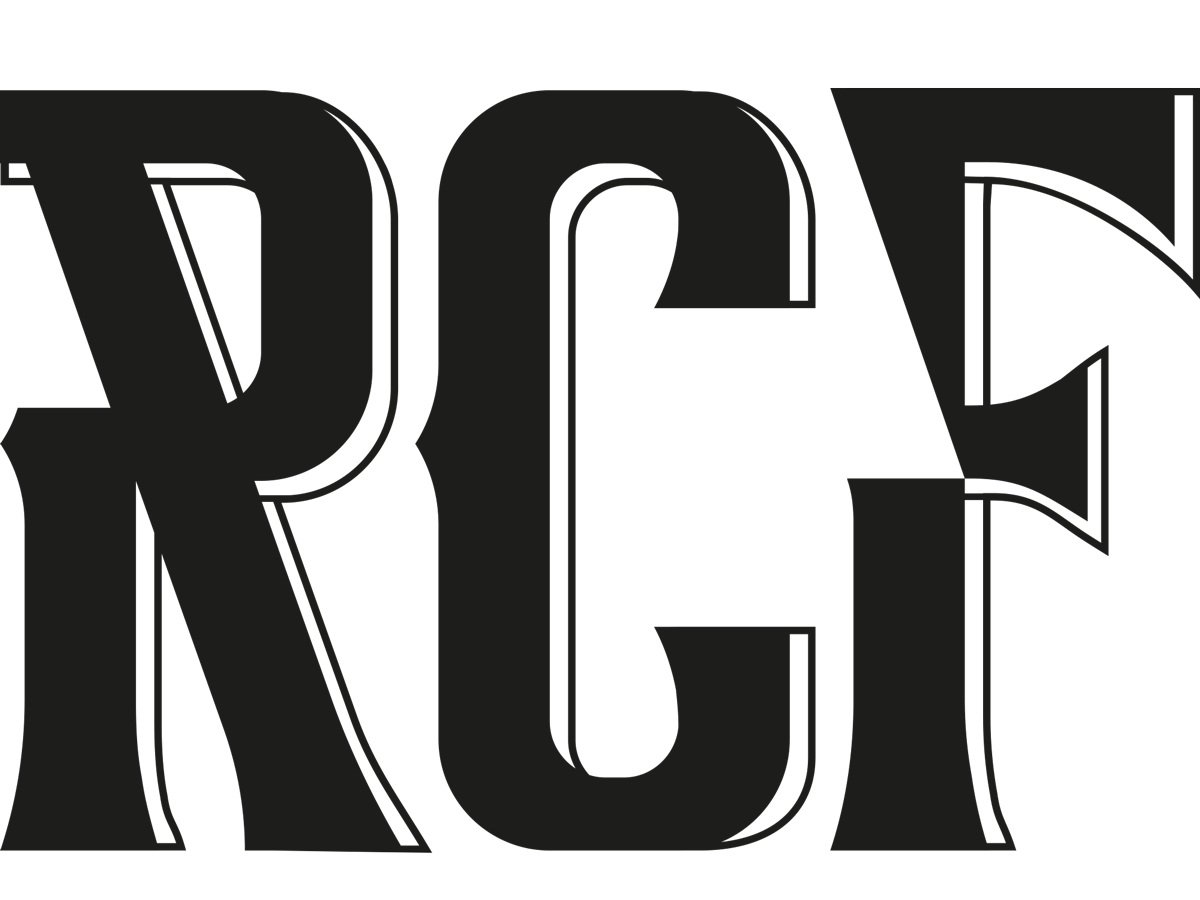UX PROCESS
USER RESEARCH
In this first stage, we will try to study everything related to the digital product from all possible perspectives and try to collect the maximum amount of information relevant to the product. This phase is where objectives and strategies to achieve them are defined.
1. KICK-OFF MEETING
In this meeting we must try to obtain information about the objective of the business, its previous history, who the users are, what they know about them, and who the competitors are.
This information will help us create design objectives, and manage the expectations of all interested parties or stakeholders.
2. OBJECTIVE ANALYSIS
Now we must analyze the objectives to make sure they are realistic. In this phase, we can use the SMART model to set the objectives.
3. DESIGN THINKING
Consists of proposing solutions based on real problems. We have to ask ourselves if the problem we are going to solve is a real problem and if the proposed solution solves that problem.
It is important to ensure that the product meets the needs of the users, otherwise, it would have no place in the market.
4. DEFINING THE USER
Design decisions cannot be made by intuition, users must be researched to make data-driven decisions. We can use different tools to obtain this.
5. USER PERSONA
It is a representation of the ideal users, explaining what needs they have and what their expectations are. The structure can be divided into 5 layers.
-
Individual facts or personal information. It can be private (medical, work, financial, etc) or public.
-
Characteristics such as race, ethnicity, gender, age, education, profession, occupation, income level, and marital status, are all typical
-
Their attitudes, aspirations, and other criteria, especially in market research. These can be tendencies, interests, hobbies, lifestyles, etc.
-
Communication with persons through the channels of social media websites, blogs, forums and comment sections.
-
Means of communication, as TV and radio, newspapers, magazines, and Internet, that reach or influence a regularly followed pattern of behavior.
ORGANIZATION
At this point, we will try to organize and structure the information and content taking into account the users and the business. From this exercise, the information architecture is obtained and site maps and navigation schemes are generated. Conceptually, our product begins to have a base.
1. ARCHITECTURE
Its the science that organizes information and helps us understand where to place elements and how to connect them to each other to ensure ease of use.
2. WIREFRAMING
Wireframes are the skeleton of a product's screens. When we create wireframes we have to study the visual hierarchy and make the tasks that users have to perform as easy as possible. Also, are created to outline the structure and communicate the core concept and value proposition of a product without including many details.
3. DESIGN SYSTEM
The design system is a set of elements that will allow us (and programmers too!) to define, prototype, and develop our product. It helps fasten the product design process and make it more transparent and predictable.
It is the DNA of our product and helps the team move in the same direction. It is not static, but dynamic, and grows as the product does.
Tokens
Define characteristics such as typography, colors, icons, spaces, among many others. These are designed to work in multiplatform and create common language.
Library
A library of shared styles, symbols, and components for designing or prototyping. These are constantly updated to always stay in sync.
Documents
Guidelines on how to use it, rules, limitations and development considerations, all detailed information about each component.
PROTOTYPE & TEST
The final step is to create low and high-fidelity prototypes, which can be used as samples when testing with users. Prototypes are a faithful representation of what the real digital product will be like, so they are very important to make modifications before taking the product to development.
1. PROTOTYPE
The functionalities and screens are defined in detail. Prototypes can be used for multiple use cases such as visualizing an idea, testing the possibility of realization, serving as a diagram/guide for developers or testing the effectiveness of a design.
High-level prototyping: Shows a complete outline of the pages, sections of the product, and functionalities. It will receive annotations and will be reviewed.
Interactive prototyping: This not only shows the graphic side but also has a level of interactivity (or simulation attempt).
Prototyping and design delivery tools.
2. TESTING
User testing will show the serious problems that need to be resolved with priority and the other problems. Additionally, we will obtain feedback from participants that can serve as a source of inspiration to make more improvements and iterate the product.
In this phase of the process, the user flow must be reviewed, which means, the paths or roads that the user follows to obtain what they want through the product. With this information, we will make improvement reports that we will try to implement.
User tests in UX can be of various types depending on their context:
- In-person or remote tests.
- Evaluative test (prototypes or mockups)
- Validation test (on an existing interface)
- Strict or informal























